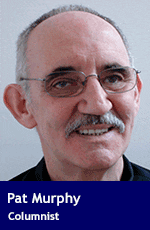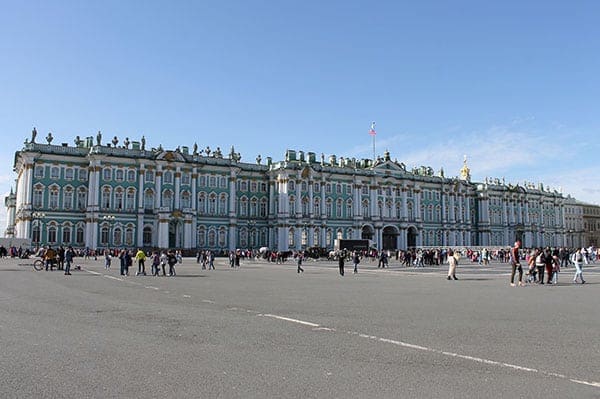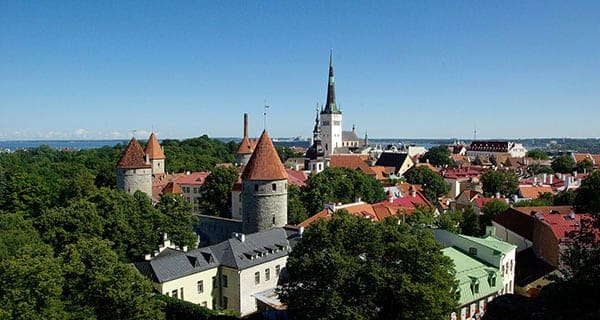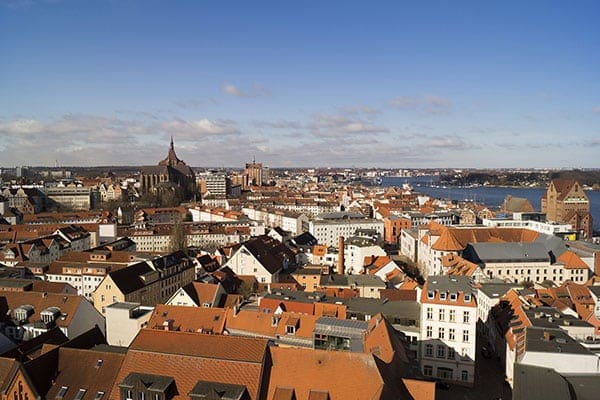 Cruising the Baltic and the west coast of Norway doesn’t make one an expert on the region. But it does convey impressions, and here are a few of them.
Cruising the Baltic and the west coast of Norway doesn’t make one an expert on the region. But it does convey impressions, and here are a few of them.
First, though, a brief observation about modern travel. While there are distinct inconveniences centred on crowded airports and milling throngs, currencies are no longer an issue. At least not in northern Europe.
Such wasn’t the case when I first ventured forth almost 50 years ago. Back then, trip planning always involved calculations of divvying up funds between travellers cheques and pre-bought local currency. How much of each to get in advance?
Now, the ubiquitously accepted credit card solves the problem. Although there were seven currencies over the range of countries we visited, we didn’t acquire any of them. Even as modest a purchase as two cups of coffee could be handled with the tap of a card. Modern life may not rock on all fronts, but it does have its good points.
As for the impressions, I’ll begin with Russia. Or to be precise, St. Petersburg.
One of the guides spoke of the Soviet era in the same way that German guides often refer to the Nazis. In this interpretation, the Bolsheviks were something that happened to Russia, an alien infection that had no roots among the native population.
Meanwhile, places like the Winter Palace were a vivid reminder of Russia’s imperial past and authoritarian tradition. And the sight of one of our drivers sporting a Vladimir Putin decal suggested that the Putin power base goes beyond the oligarchy.
Tallinn, in Estonia, was different. There, fear and resentment of Russia was the mood of the moment.
Without any prompting, a guide sounded off on how Josef Stalin had been worse that Adolf Hitler. People, by which she presumably meant tourists, always wanted to talk about Hitler while being oblivious about Stalin. She wasn’t having any of it.
For a Canadian, it was another reminder of how fortunate we are with respect to the geography we inhabit. Yes, the Americans can sometimes be annoying neighbours, but we don’t live in fear of invasion.
The fact that perceptions of history often depend on where you sit was neatly underlined by a moment in the German port of Rostock.
When our guide directed us towards a statue of the man “who won the Battle of Waterloo,” I was mildly surprised at the prospect of seeing an image of the Duke of Wellington in northern Germany. But I needn’t have been – the immortalized figure was Gebhard Leberecht von Blucher.
Blucher (1742-1819) was born into a landowning family in Rostock and is, of course, most famous for his decisively-timed intervention on the 1815 field at Waterloo. Nicknamed Marshall Forward because of his relentlessly aggressive approach to prosecuting battle, Blucher’s military career began as a 16-year-old Swedish Hussar before he subsequently graduated to the Prussian Army. In addition to his role at Waterloo, he also commanded the Prussians at Leipzig in 1813, handing a critical defeat to Napoleon.
Denmark provided another example of differing historical perspectives.
The Copenhagen story on Christian IV (1577-1648) rated him as one of the country’s most influential monarchs. And with a reign of 59 years, he was also the longest-serving. But in Aalborg – Denmark’s fourth-largest city – our guide’s narrative focused on Christian’s propensity for burning witches.
Norway also had its lesson to communicate. Specifically, Scandinavia is more complicated than its uber green image suggests.
Since the first North Sea find in 1969, oil and gas have become very big business, turning Norway into a major energy exporter and accumulating vast sums in its publicly-owned sovereign wealth fund. For a population of a little more than five million, this is an enormous boon.
The industry’s hub is the port of Stavanger, which hosts the fascinating Norwegian Petroleum Museum. While there, we caught a lucky break in the form of an ex-pat American guide who’d spent 30 years in a technical capacity in North Sea exploration and development.
The process he walked us through was extraordinarily impressive, even intellectually intimidating. From geology to engineering to software development, it’s the very essence of high tech. Those who dismiss resource extraction as equivalent to hewing wood and drawing water are fundamentally clueless.
Finally, a word on Bergen, Norway. It is, we were told, the wettest city in Europe. I believe it.
Troy Media columnist Pat Murphy casts a history buff’s eye at the goings-on in our world. Never cynical – well, perhaps just a little bit.
The views, opinions and positions expressed by columnists and contributors are the author’s alone. They do not inherently or expressly reflect the views, opinions and/or positions of our publication.






